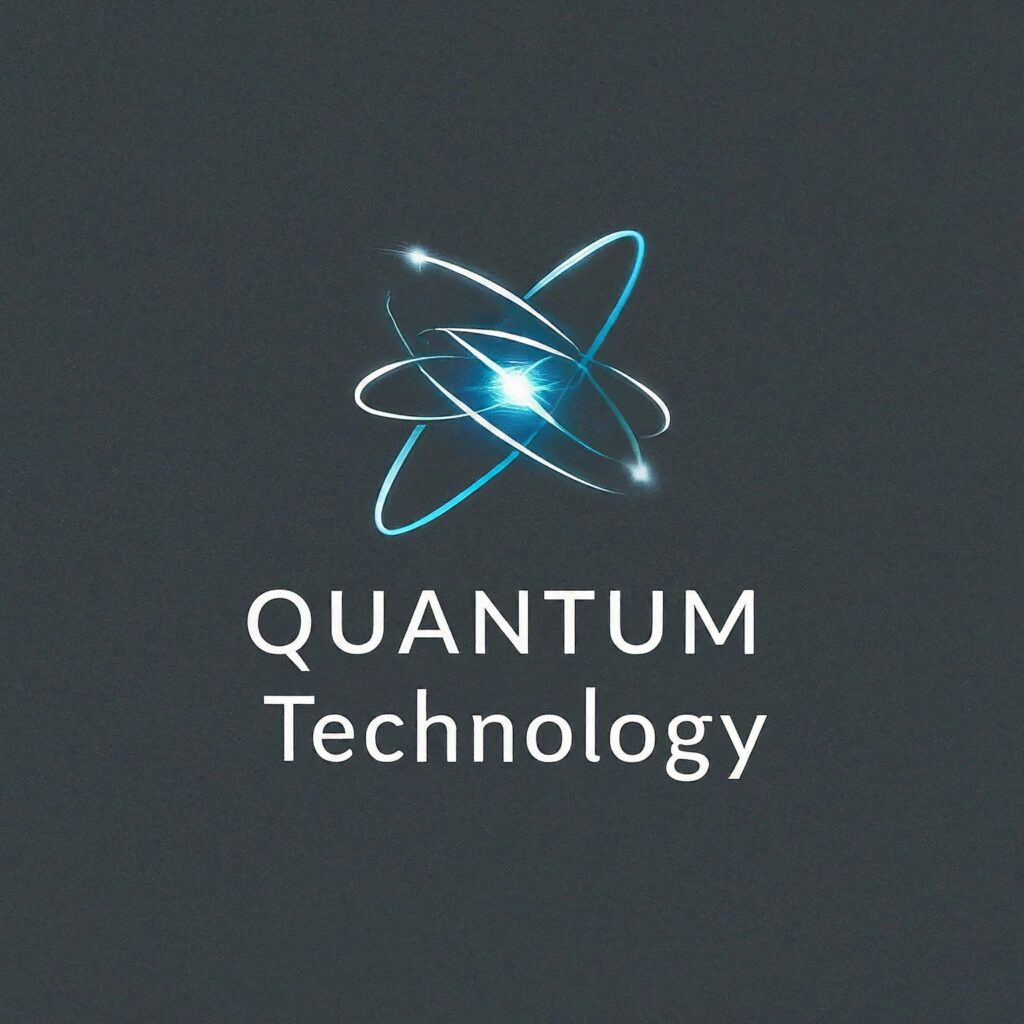In a major breakthrough for next-generation secure communications, researchers from China have successfully demonstrated the use of reconfigurable metasurfaces to implement the BB84 quantum key distribution (QKD) protocol over wireless channels. This innovation, published in Optics Express, promises to redefine secure data transmission for applications spanning 5G and beyond.
Bridging Metasurfaces and Quantum Security
Metasurfaces — ultra-thin, engineered materials capable of controlling electromagnetic (EM) waves — have emerged as powerful tools for wireless communication. Their ability to modulate amplitude, phase, and polarization enables compact, programmable control of signals at various frequencies, from microwaves to optical bands.
The research team, led by Qi Yuan from the Northwest Institute of Nuclear Technology and Air Force Engineering University, tackled a long-standing challenge: merging the quantum-level security of BB84 with the versatility of metasurfaces. BB84, the first quantum key distribution protocol, guarantees unbreakable encryption by encoding keys in quantum states that collapse if intercepted. Until now, most QKD systems relied on delicate single-photon manipulations in fiber or satellite links — methods difficult to implement in practical wireless scenarios.
“Our goal was to bring quantum security into everyday wireless communication by leveraging metasurfaces,” Yuan explained. “This approach avoids the need for complex single-photon devices while maintaining the fundamental security of BB84.”
How It Works: Holography and Polarization
The team’s design centers on four holographic metasurfaces, each corresponding to one of the four quantum states used in BB84 (0, 1, ↘, and ↗). These metasurfaces, fabricated from copper split-ring resonators on flexible polyimide, can switch electromechanically to represent different states.
The protocol uses linearly polarized (LP) and circularly polarized (CP) waves to encode the quantum bases. The transmitter (Alice) sends polarized waves through the metasurface, producing holographic images decoded by the receiver (Bob). Crucially, the polarization states change randomly during transmission, confounding any potential eavesdropper (Eve).
By dynamically reconfiguring the metasurfaces, the system introduces additional randomness — including unpredictable switching times and spatial arrangements — creating multiple layers of security. Any interception attempt results in errors, such as incomplete keys, garbled codes, or incorrect decryption.
Experimental Proof at 10 GHz
To validate their concept, the researchers constructed a prototype operating at around 10 GHz, a frequency compatible with emerging wireless standards. Both simulations and near-field experiments confirmed high-fidelity holographic imaging, demonstrating accurate transmission of quantum keys without significant loss or error.
Unlike conventional QKD systems that collapse under eavesdropping, this metasurface-based scheme maintains secure transmission even when an adversary intervenes. According to the study, the error rate for an eavesdropper decoding keys without full knowledge of polarization sequences and metasurface positions approaches 90%, making interception practically impossible.
Advantages Over Traditional QKD
This metasurface-assisted approach offers several key benefits:
-
No single-photon reliance – Eliminates the need for ultra-sensitive detectors and complex photon sources, easing deployment in real-world wireless systems.
-
Dynamic reconfigurability – Electromechanical switching allows multiplexing and real-time adaptation to channel conditions, addressing congestion issues common in modern networks.
-
Frequency scalability – The design can be tuned from microwave to optical frequencies by altering metasurface geometry, opening paths for integration into 5G/6G and even satellite communications.
-
Robust against eavesdropping – Layered randomness in holographic states and polarization bases ensures superior security compared to traditional methods.
Implications for 5G, 6G, and Beyond
As wireless communication enters the post-5G era, security and bandwidth are critical bottlenecks. Quantum-safe protocols like BB84 are increasingly vital to guard against future threats posed by quantum computers themselves, which could crack classical cryptography.
Integrating QKD into wireless infrastructures, however, has been a persistent hurdle. Fiber-based quantum networks are costly and geographically limited, while free-space optical QKD faces atmospheric challenges. The metasurface solution offers a compact, low-cost alternative that could be embedded directly into antennas, routers, or IoT devices.
“This is a step toward practical quantum-secure wireless communication,” co-author Jinming Jiang noted. “Our electromechanically reconfigurable metasurfaces could be mass-produced and tuned for different frequencies, making them adaptable for multiple industries.”
Next Steps and Future Outlook
While the prototype demonstrates feasibility, scaling the system to higher data rates and longer distances will require further refinement. The authors suggest exploring multi-layer metasurfaces for additional functionalities, such as simultaneous polarization control and reflection-transmission switching. Extending the approach to visible and infrared frequencies could also enable quantum-secure optical communications for consumer devices and satellites.
The research aligns with global efforts to develop quantum internet architectures, blending quantum cryptography with classical networks. If successful, metasurface-based QKD could serve as a foundational technology for secure communications in finance, defense, and critical infrastructure.
Conclusion
By merging the BB84 quantum protocol with reconfigurable metasurfaces, this work marks a milestone in secure wireless communication. It paves the way for affordable, scalable quantum security solutions that integrate seamlessly into next-generation networks. As quantum threats loom, innovations like these could safeguard the digital backbone of our increasingly connected world.
